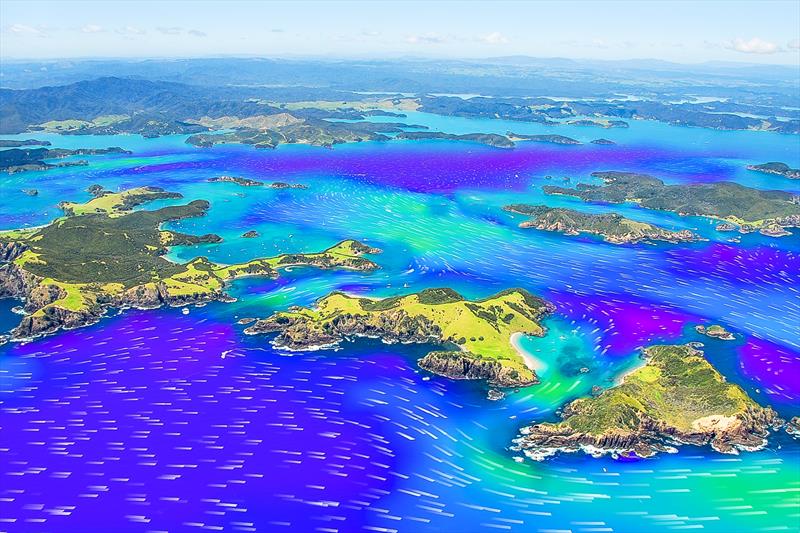
New upgrades to Predictwind's ocean and tidal current maps
by Predictwind 21 Jul 2024 21:55 NZST
21 July 2024

Predictwind current/tide forecast - New feature - July 2024 © Predictwind
In the pursuit of continued improvement Predictwind has announced new upgrades to our ocean and tidal current maps.
These enhancements are designed to provide users with even more accurate and detailed tidal and current information.
The alignment between PredictWind and top level sports is part of the company foundation. For the Paris 2024 Olympics the harbour off the City of Marseille will host the Sailing events. PredictWind has developed an Ultra high-resolution current model for Marseille. This is a completely unique dataset that will help the competing Olympians better understand the complex movements of the water they are sailing on.
Each day can be different as the currents are driven by wind and the density difference in the water column. The wind influence can bring upwelling along the coast (cold water from the deeper ocean comes to the surface) and increase the water temperature difference. It can also bring fresher water from the river Rhone into Rade de Marseille. Another factor is the Northern current (current that flows counterclockwise along the coast of France) being pushed into the bay.
The collaboration with the pinnacle of sport has a great flow down effect for all PredictWind users. What we learn is pushed across all areas of our products. Along with the unmatched tidal coverage that PredictCurrent offers, we have added more new ultra high resolution regions. So far this year, we have added the following 100m resolution locations:
- Bay of Fundy, Canada
- Elliot Bay, WA, USA
- Oak Harbor WA, USA
- Hood River OR, USA
- San Francisco CA, USA
- Marseille, France
- Derwent, Australia
- Lyttleton, New Zealand
- Bay of Islands, New Zealand?
These additions enhance our coverage and provide more localized and accurate current data for these regions.
For those venturing further offshore we have two changes.
- The first is improved tidal and ocean current merging. The convergence zone between the high resolution tidal currents and the low resolution ocean currents now has more accurate interpolation.
- The second change is comparing the Ocean Current models. You can now view Ocean Current from three different sources: Mercator, Hycom and RTFOS. This feature displays the raw (unmerged) Ocean Current data so you can compare the differences between each of the three models.
Additional Images: